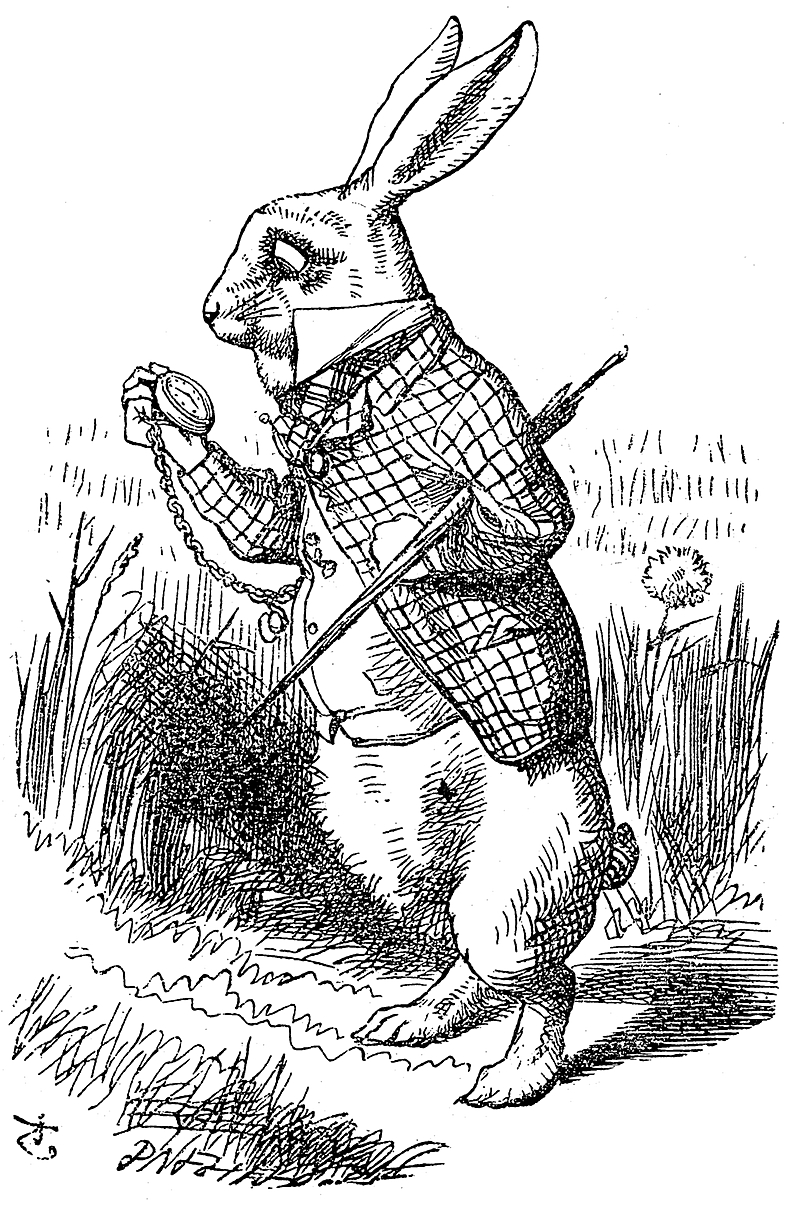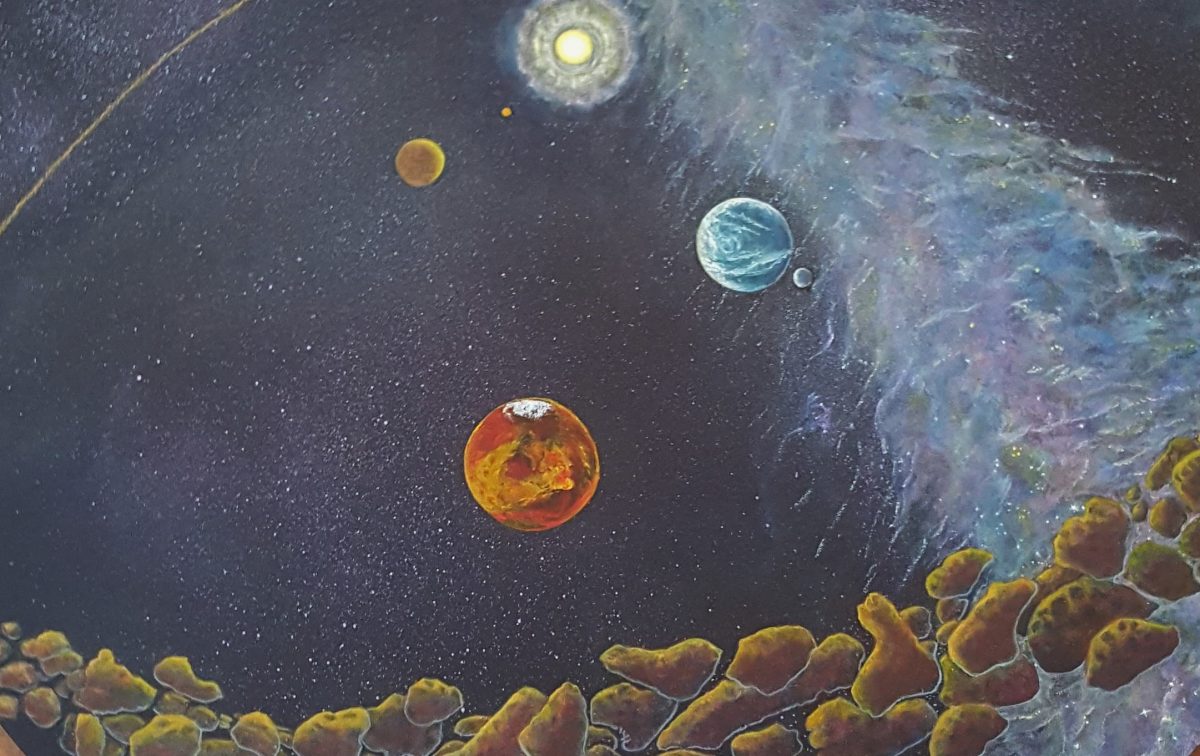
History of Graphic Design Timeline – Austin Northcutt
Graphic Art: based on drawing as opposed to painting, is parallel to fine art. it is more linear, and includes printmaking techniques. Design is the orderly arrangement of shapes and the composition into a unified whole.
Graphic Design: (Commercial Art) is a discipline of this century – with chemical pigments, computers, cameras, movie cameras, photocopying, montage – the using of mechanical aids. It is the use of art commercially, with a clear way of communication – ‘What you see is what you get!’ – with no doubt as to the message. It is closely linked with advertising.
William Morris was the founder of Graphic Art, bringing function together with aesthetics. Between the Wars, the Bauhaas School was formed, to bring art and industry together, to show the importance of functional design. The students learned the skills of both art and industry, e.g. to give aesthetics to chairs. In 1936, before WWII, it disbanded in Germany to go to the safety of Switzerland and the U.S.A.

Art and Craft of Printing – William Morris
Graphic Art is information conveyed without a doubt. It is involved with 2D imagery, and includes film, posters, billboards, magazines, photos – in fact any still image on a 2D surface. It is a 2D media. Graphic Art is the visual media of advertising, highly dependent on the illustration or image and lettering or typography, e.g. a cartoon is Graphic Art, as graphic illustration is usually narrative. Sometimes they need words as well as images to help put across the message.
16th Century book designers were the first real Graphic artists. With the onset of literacy for the populace books were needed, and scribes produced these, not merely pages of words, but aesthetically pleasing pages. The development of the printing press was a further jump – placing words on the pages with borders, taking care of the shapes of the letters.
The two major areas of Graphic Art are illustration and typography.

White Rabbit from Alice in Wonderland – illustrated by John Tenniel
Illustration: is not so much the technique, but the intentions – often linear, painted descriptively, and/or narratively. It is when picture images are used for conveying specific information – Norman Rockwell illustrated the covers of the Saturday Post. Methods used include painting, drawing, computer graphics, photos, or film, and can be kinetic – all to create art in the commercial sense.


Saturday Evening Post covers -Norman Rockwell
It used to be used to illustrate the written word, e.g. Egyptian entombing pictures, Greek pictures of healing herbs. Romans illustrated aquaducts and architecture with perfect perspective, yet their frescos and mosaics didn’t use it. In the Middle Ages, prayer books (psalters) were illustrated with informative images. Leonardo drew pictures (of helicopters) where no words were available. Early illustration used woodblock prints (Durer), then on to etching and printmaking. In the 17th Century the Japanese produced multi-coloured woodcuts, which were adapted by the French Impressionists in the 19th Century.
The 20th Century Graphic artists made use of cameras, films, videos, lithography, compasses, rulers, photocopiers, and computers to help with the clarity of the detail. They also had the availability of chemically produced pigments such as Cobalt Blue and Cadmium Red. Each page has a visual impact of its own, but is allied to the page beside it.

Chinese Characters with Pictures
Lettering: In the Dark Ages hand printing or copying was done by monks. In the 20th Century, between the Wars, there was more awareness of typography, of the quality of the words and letters themselves – e.g. curvilinear letters and style for love letters, typed letters for complaints, scribbled letters for shopping lists. The quality of the written letters imparts feelings. The Japanese and Chinese created their characters of calligraphy to have a quality of visual as well as for meaning. Oriental calligraphic idiograms are called Characters: Egyptians calligraphic idiograms are called Glyphs. The visual aspect of letters imparts a content – varying widths, spacing, curvilinear or rectilinear are all taken into account. The letters are seen as shapes to be used as an artistic element in the design. The art element of letters is manipulated when words are created visually.

NewModern Typeface Design – Sawdust
Jud House 17/10/2016
. . . . .
